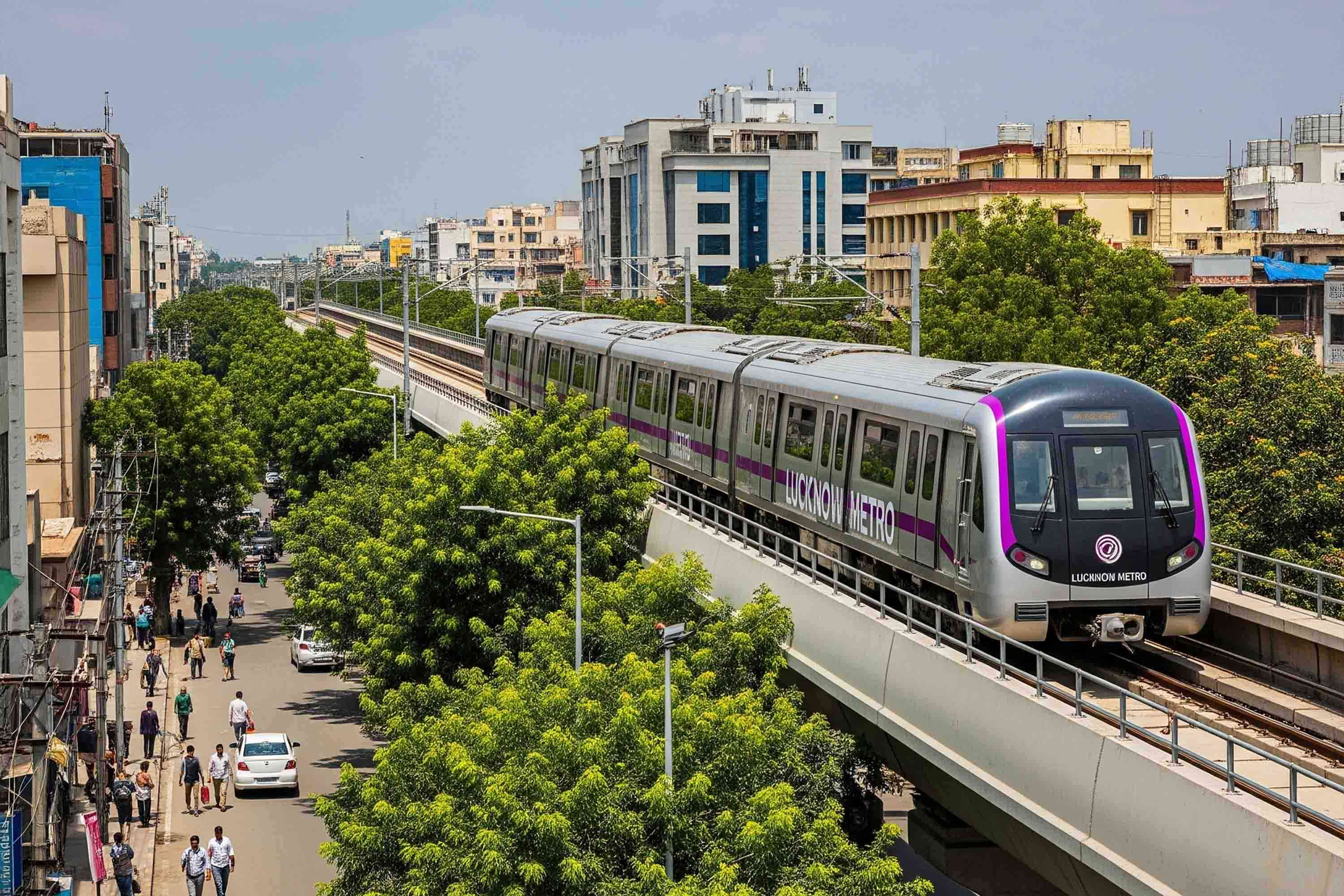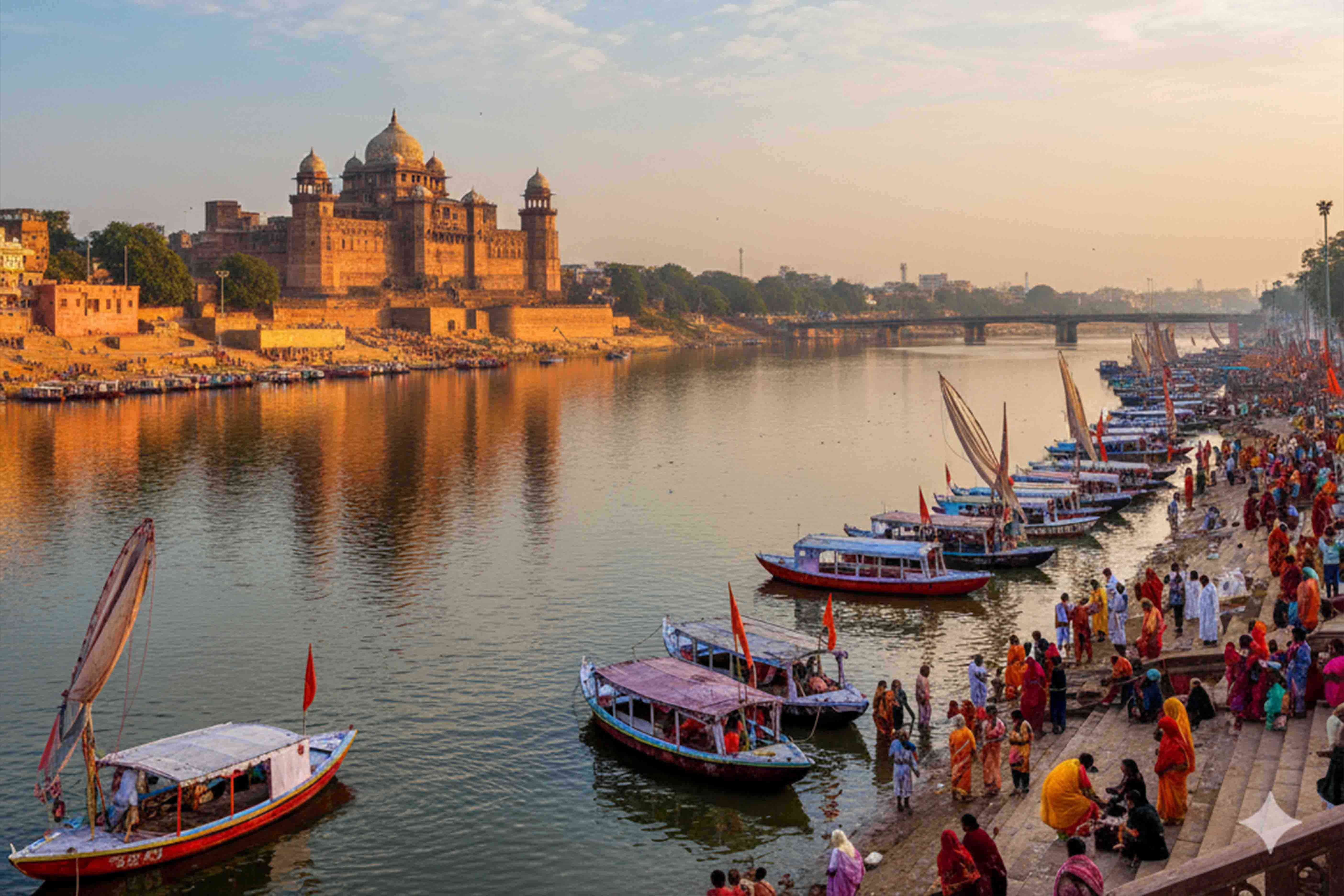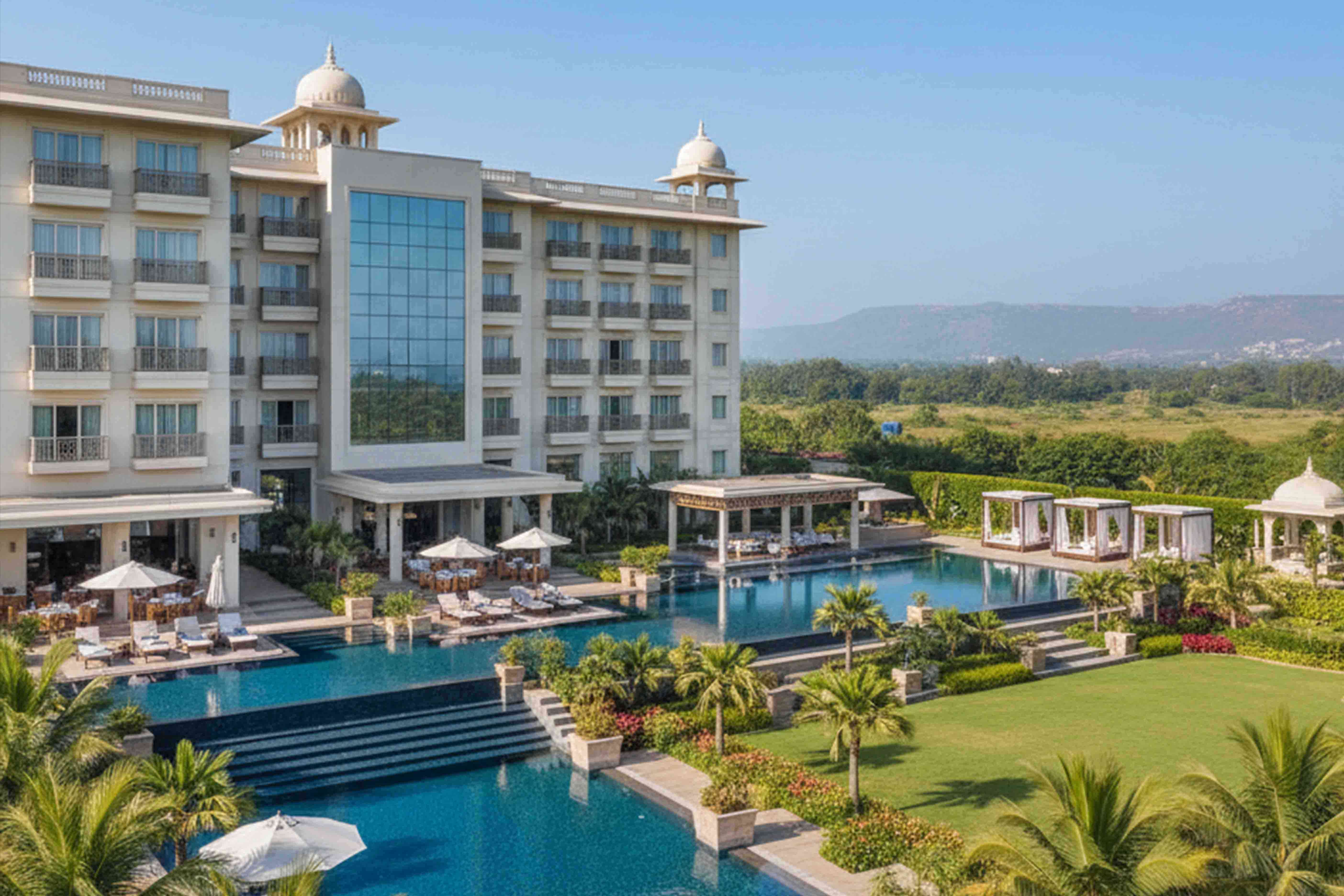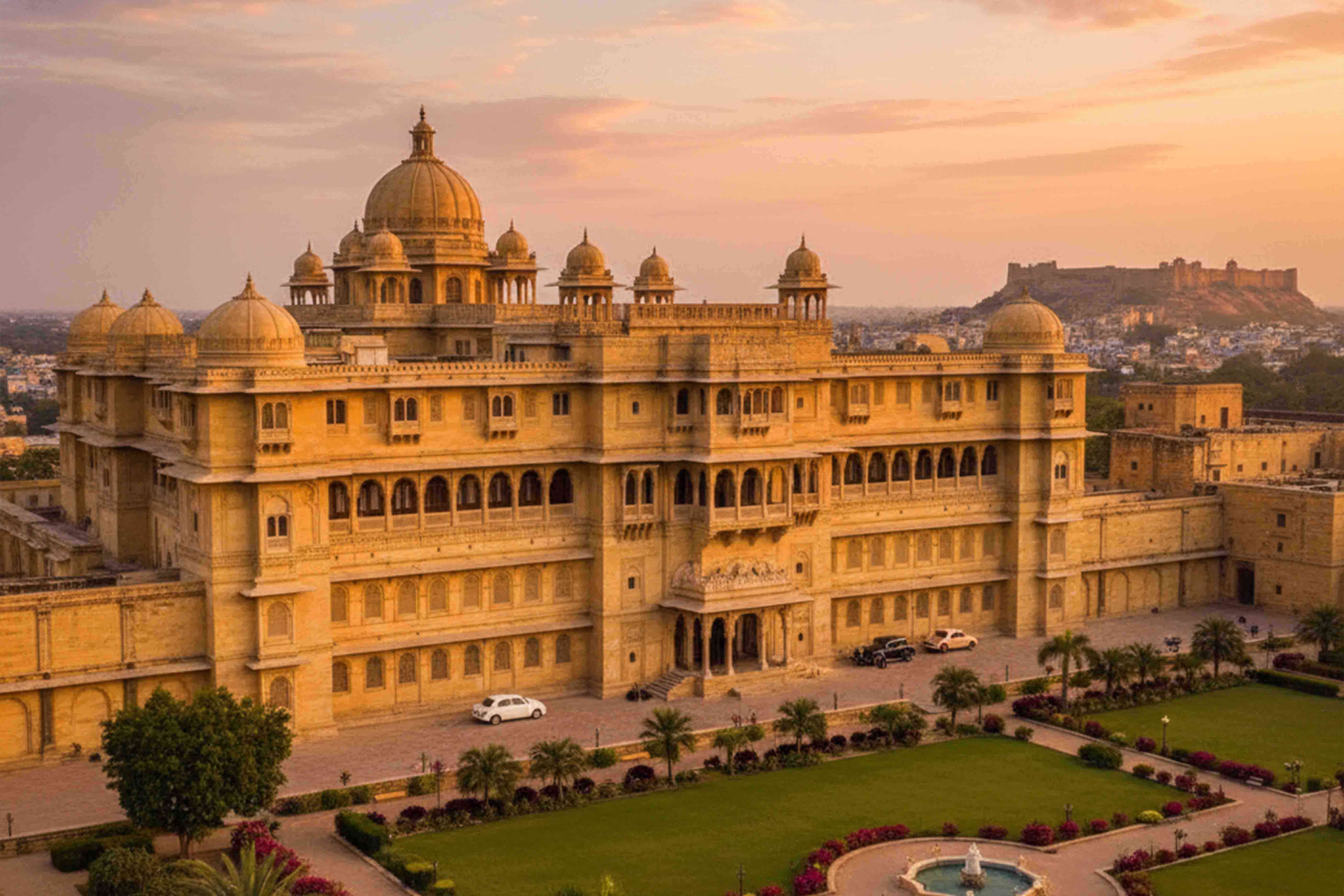
Lucknow Metro Phase-1B Gets Green Signal
- City Lucknow
- September 19, 2025
- 478 views
Lucknow Metro Phase-1B Gets Green Signal: Old City to be Metro-Connected at ₹5,801 Crore
Lucknow, 19 Sept 2025 — In a major boost to urban infrastructure, the Union Cabinet has approved Phase-1B of the Lucknow Metro Rail Project at a cost of ₹5,801 crore, enabling a new 11.165 km East-West corridor that will bridge Old Lucknow with the emerging new city. Invest UP+3Press Information Bureau+3The Indian Express+3
Corridor and Station Plan
- The new stretch will extend from Charbagh to Vasant Kunj, with a combination of 12 metro stations: 7 underground and 5 elevated. The Indian Express+2Metro Rail News+2
- Underground stops will include Charbagh, Gautam Buddha Marg, Aminabad, Pandeyganj, City Railway Station, Medical Chauraha, and Chowk. Elevated stations will cover Thakurganj, Balaganj, Sarfarazganj, Moosabagh, and Vasant Kunj. The Indian Express+1
- Charbagh will act as a key interchange, connecting the new East-West corridor to the existing North-South Metro line (Phase-1A). The Indian Express+1
Once Phase-1B comes online, Lucknow’s active metro network will expand to roughly 34 km. Press Information Bureau+2Wikipedia+2
Why Phase-1B Matters
- Easing old city congestion: The new corridor is expected to significantly relieve traffic pressure in the narrow and densely populated lanes of Old Lucknow—areas that have long suffered from congestion and inadequate public transport. The Indian Express+2Hindustan Times+2
- Heritage and tourism boost: By improving access to historic sites like Bara Imambara, Chhota Imambara, Rumi Darwaza, Bhool Bhulaiya, and the Clock Tower, as well as culinary hubs in Aminabad and Chowk, the metro is positioned to stimulate tourism and revitalize local businesses. Hindustan Times+3Press Information Bureau+3The Indian Express+3
- Healthcare access: The alignment is designed to connect key institutions such as King George’s Medical University (KGMU), making it easier for patients, visitors, and staff to commute. Press Information Bureau+1
- Economic and environmental benefits: According to the Press Information Bureau, the project is expected to reduce carbon emissions by shifting commuters from roads to metro and shorten travel times—spurring economic productivity, reducing road accidents, and improving quality of life. Press Information Bureau+1
Timeline, Tenders, and Outlook
- The Detailed Project Report (DPR) for Phase-1B was approved by the Uttar Pradesh government in March 2024, and the project has since received planning clearance and investment approval. The Indian Express+2Invest UP+2
- UPMRC (Uttar Pradesh Metro Rail Corporation) has issued tenders inviting Detailed Design Consultant (DDC)bids covering civil, architectural, electrical & mechanical, and traction works. The work package includes one car maintenance depot and stabling lines at Vasant Kunj. Metro Rail News
- The project is expected to take around five years to complete, though specific timelines for land acquisition, construction, and commissioning are subject to regulatory approvals and ground realities. The Indian Express+1
Reactions and Challenges
- Chief Minister Yogi Adityanath welcomed the approval, saying the expansion will ease traffic, spur employment, boost tourism, and elevate Lucknow’s standing as a modern capital city. The Indian Express
- Real estate analysts anticipate that the metro corridor will drive up property values in Old Lucknow markets such as Aminabad, Yahiyaganj, Pandeyganj, and Chowk, even though land availability remains limited. Hindustan Times
- Still, implementation may face hurdles including land acquisition in densely crowded areas, shifting underground utilities, preservation of heritage structures, and traffic management during construction—factors that could influence timelines and costs.
Bottom Line: The approval of Phase-1B of the Lucknow Metro marks a decisive shift in how the city is planning to balance its historic legacy with modern infrastructure. If executed well, the East-West corridor could reshape mobility, urban development, and the economic pulse of both Old and New Lucknow.







